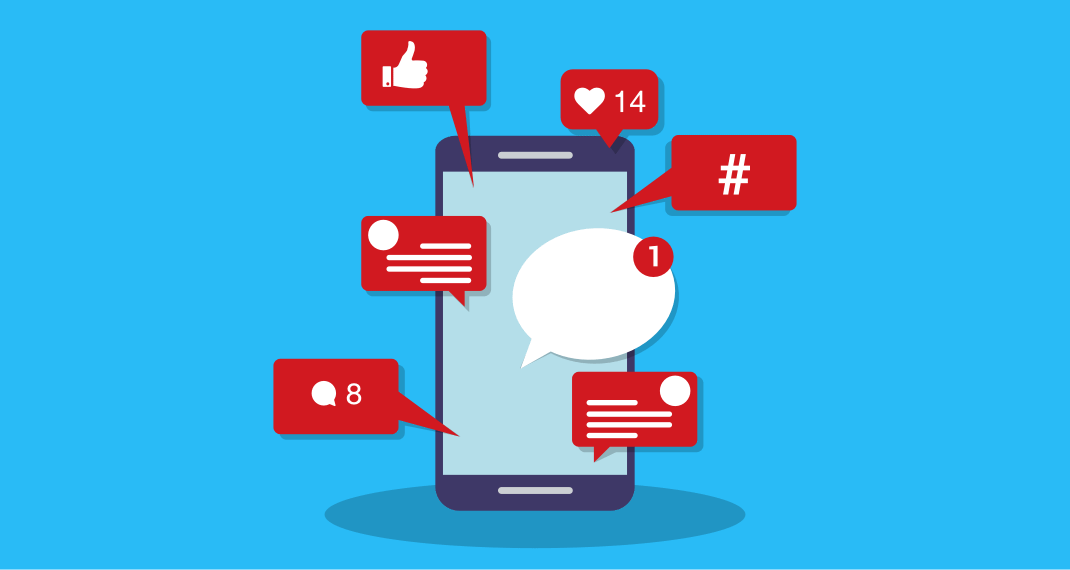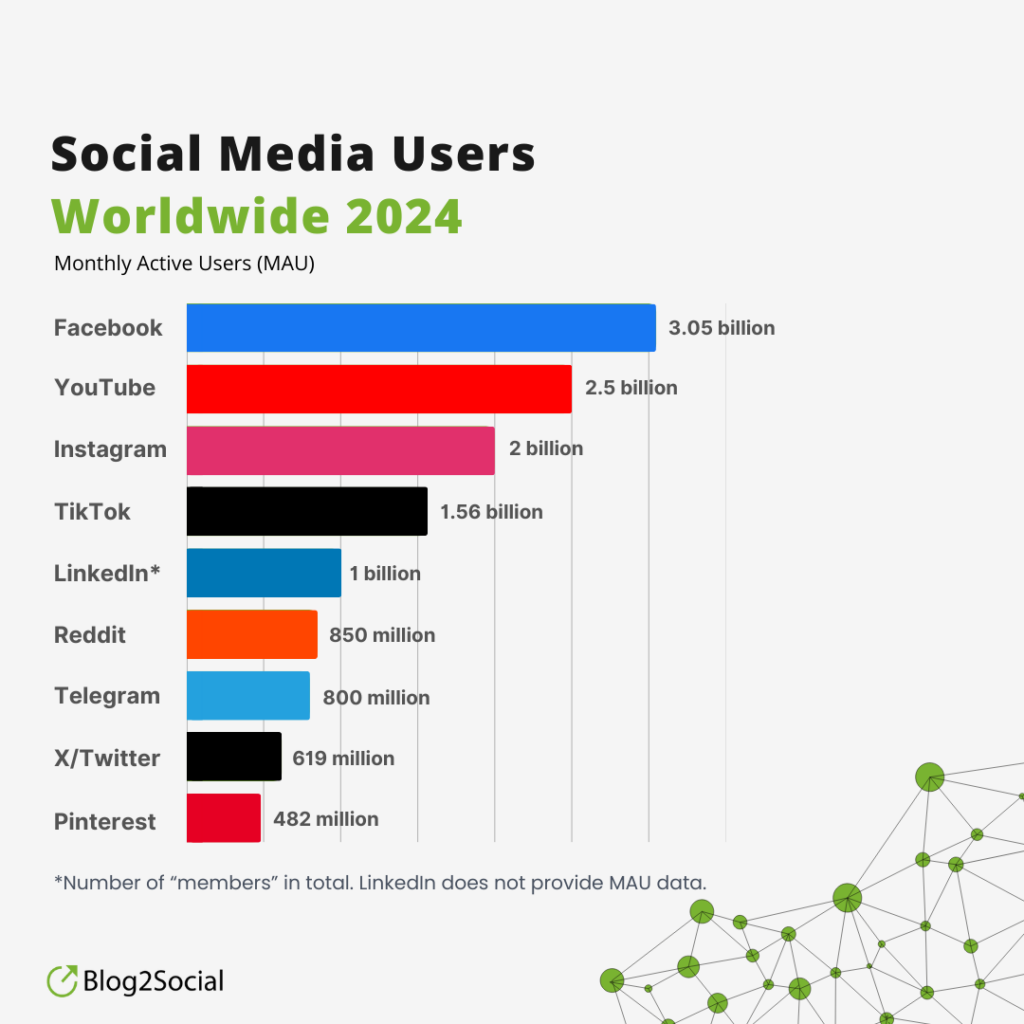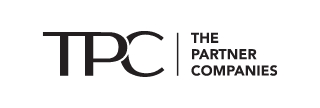let's talk social media
engage. inform. entertain. convert.
“Plastics. There’s a great future in plastics. Enough said.”
That’s the legendary advice Ben Braddock gets during this 24-second scene in the phenomenal film The Graduate.
Flip social media for plastics to get just about the perfect analog for this generation. Still, it’s a recent college graduate putting their arm around an older person and explaining: “Social media. You need social media. Enough said.”
Memo to you folks who haven’t seen that film — do it. It’s one of the best.
why is social media important?
The folks at Sprout Social report that 55% of consumers learn about new brands on Facebook, Instagram, Twitter, Snapchat, etc. Let’s do the math. That’s more than half.
Plus, social media connects you and your customers directly and at their convenience. That’s something that advertising, PR, or email marketing can’t promise. Sprout Social reports a whopping 68% of consumers say that’s important to them.
So, that’s why.

but it's essential to be smart
Look, we’re not teenagers rushing out to show off our latest kicks. (Do the kids still call them that?) We’re leveraging the power of social media to introduce ourselves, build trust, and eventually close a deal.
Whether you’re reaching out to consumers or businesses, social media demands a strategic approach. It’s vital to remember that here, the key is engagement and not volume. Nothing drives “unfollows” faster than useless information pumped out repeatedly.
What makes social media a different type of marketing or communications tool is that we have to pay particular attention to the audience and what information they are consuming. Then you need to figure out when they’ll be there (and that takes a lot of studying).
So, pause. Study, learn, refine, publish. Rinse and repeat a lot.

we should talk goals.
More specifically, let’s talk about what social media activity will impact your business’s bottom line. After all, outside of the Kardashians, commerce is not a popularity contest.
More fans and followers are great, especially since more people will likely see your posts. But, the KPIs we’re looking at are engagement rate, reach, impressions, website traffic, and generated leads.
#teamsport
A company’s social media must match the company’s marketing, communications, and advertising. Integrating all these elements brings unity and power to the message being communicated.
Equally important is ensuring that every social media post is authentic to the company’s promise, mission, and values. To that end, agencies and clients must be connected throughout the process so that messaging and designs match anything else being produced.
- Many clients utilize several agencies to manage marketing, advertising, PR, social media, SEO/SEM, etc. (We can talk about why that’s often a recipe for NOT success down the road.) If these efforts are not aligned, then you’re wasting your budget.
- CMOs or owners have an insider point of view regarding future growth or capital expenditure plans. Regular connects with your agency will help communicate those plans and successes.
- All communications must mirror the tone and voice of the company to maintain corporate authenticity (yeah, we know that might not be a thing for some companies).
so, what platform is best for what?
Gone are the days when one-size-fits-all content creation was good enough. Each network demands unique messages at different times and relies on individual fan/follower engagement types. And it’s different if you’re a B2C or B2B company.
Let’s talk about how you’d use each network:
Facebook — the granddaddy of ‘em all (sorry, Friendster and MySpace) and perhaps the best known. B2C companies should use Facebook to introduce new products and services, show off customer experiences, and build a story around the company. Facebook is equally important in B2B instances because it adds a human face to a corporation, gives visitors an eye into your culture, and offers access to current and potential customers.
Instagram — the beautiful platform, great for both B2C and B2B businesses. Show off products, people, lifestyles, inspirations, and experiences. Ensure any image you post to Instagram looks excellent on its own because that captures the attention of scrollers worldwide.
LinkedIn — a MUST for those in the B2B world, but equally important for B2C companies. Use LinkedIn to communicate with employees, shareholders, and investors and tell the business side of your story. Publish case studies or your company’s perspective on industry news. LinkedIn is the one channel where content (including video) overpowers pretty pictures.
X/Twitter — once known as merely a micro-blogging website, has become a place where B2B companies can dive into industry-wide conversations, deliver perspectives on current news, share case studies, and convey a clear point of view. Often Twitter is where disgruntled customers come to vent about B2C companies. Rather than avoiding those conversations, our position is to engage and solve a person’s problem with your product or service. You’ll build loyalty and credibility while learning more about your customers and how your products are used.
YouTube — is quickly becoming one of the most important social media channels for B2C and B2B businesses. Tap into the power of video to show off expertise, produce usages, how-tos, tell customer stories, and so much more. Interestingly, people seemingly retain more information when conveyed via video than almost anything else.
Others could be useful.
TikTok is wildly popular and a great place to show personality and work culture, not to mention real-life product demos. Pinterest is great for a specific demographic and product mix. Some clients use Pinterest for B2B communications, but we don’t see its usefulness there. Then there’s the AMA granddaddy of ‘em all — Reddit.
As always, the strategy must decide what social media platforms to use.

3…2…1…Let’s Go!
Designing pretty posts and writing quirky content is a tiny part of what an agency like ours does.
Planning is essential to successful social media campaigns. We’ve built a Google Sheet that helps us plan and calendar organic social media campaigns. Take the time to do this so that you know when things will run (and when they need to be done), and then track what works and doesn’t.
Posting can be done any number of ways — within the platform or using a scheduling tool. We’re a Hootsuite shop and recommend it for its ease of use, scheduling recommendations, and analytics.
Engaging … let’s remember it’s called social media for a reason. Being an active member of a social media platform shows that you’re invested and interested in adding to the conversation. Tell your story, offer your expertise, and stick around for the conversation.
honored to have helped
these companies
We’ve managed organic and paid social media campaigns for industry-leading outfits across dozens of industries, from consumer electronics to retail, manufacturing to entertainment.






